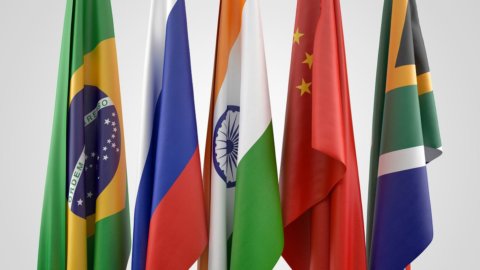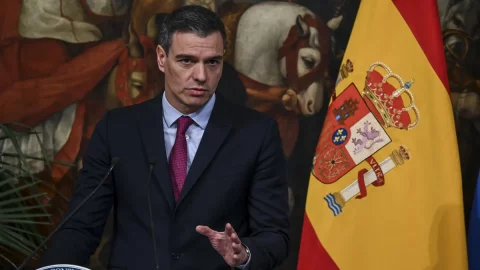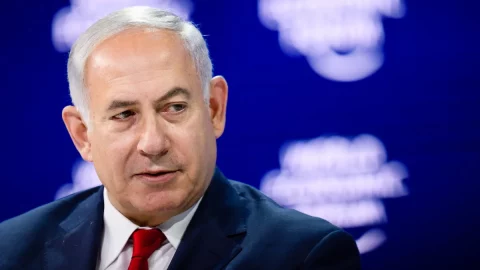At the end of July, the XNUMXth summit of the Brics: in these countries (Brazil, Russia, India, China and South Africa) live more than 40% of the planet's population, which produces a quarter of the global GDP. The positive trend of the economies of these five States, despite the different rates of development, bears witness to the renaissance ofAsia, which is driving the other emerging countries. Furthermore, the trade wars declared by Trump are foreshadowing an America that no longer seems to belong to the Americans, for prospects that are still unfathomable today. These and many other geopolitical events, increasingly interconnected, could overflow into a tidal wave capable of wiping out the Western monopoly, drawing a new configuration of the global governance.
The structural transformations of the world scene
The new millennium begins in the East on December 20, 1999 when the return of Macao to China marks, after five hundred years of colonialism, the definitive end of Western domination and the beginning of a great resurgence of Asia which becomes a fundamental box on the planetary chessboard , no longer in compartments made almost watertight by immense distances and practically insurmountable physical barriers.
In the new interconnected world, the development prospects of the four powers are made explicit which, emerging from the others, oscillating between asian tigers e paper tigers (P. Krugman 1994), enter the lexicon of international relations in 2001, by the Goldman Sachs economist, Jim O'Neill, as bric (Brazil, Russia, India, China), to which South Africa was added in 2010.
The attack on the Twin Towers tragically sanctions the change in the world balance, whose nerve centre, having passed from Europe to the United States, the only veterans of the bipolar world, ends up in the undifferentiated magma called multipolar world. The dynamics created by the terrorism of Islamic origin, variously interpreted, they break in by curbing the logic of interdependence that collapses on borders that are increasingly transformed into barriers.
From an economic point of view, high-income countries, shaken to their foundations by the 2007 financial crisis and the subsequent great recession, still enmeshed in the quicksand of a difficult recovery, seasoned with unemployment and populism, are struggling to maintain control room while the growing influence of emerging economies emerges, looking for new spaces to exert their weight from an equal position, claiming the ability to formulate new rules from different perspectives.
Future scenarios
The data collected by the IMF in 2018 confirm the positive development trends of the five protagonists of the BRICS summit: India with a real GDP growth rate of 7.4%, China of 6.6% (a figure which would ensure overtaking by 2030 economy), Russia by 1.7%, Brazil by 2.3% and South Africa by 1.5%. The increasingly close synergy between the group's economies is expressed in a general commitment to the global south, with a view to more sustainable development, based on a constant fight against protectionism, in order to prefigure new ways of configuring power, above all in the face of the retreat of the USA, retreating towards its borders, armored by an out-of-time trade war.
This view requires revision of the distorted representation of emerging and developing countries in the structures of global governance, materialized in the proposal to extend the BRICS to all emerging or developing markets, contained in the Final Declaration of the IX Summit, with a view to a continental partnership, in which China is recognized for the great commitment undertaken in support of Africa and, recently, also in support of some countries of the American continent, as part of the pharaonic project "One Belt, One Road" in order to forge a new and alternative political and strategic balance, the outcomes of which could hide disturbing unknowns.
The end of an era
La Johannesburg Declaration, at the conclusion of the X Summit, confirmed the new role of the BRICS and of the entire southern hemisphere, which loudly demands inclusive growth, necessary for shared prosperity, inseparable from a real peace process, the feasibility of which is linked to the creation of a common platform in which alternative paths are envisioned, capable of defuse the rampant tensions on a planetary scale.
This epochal change, which the Singaporean intellectual, Kishore Mahbubani, he argued, incomprehensible to all those who had not been wrapped up in the "cellophane of colonialism", links economic successes by anchoring them to a strong will to revenge millennial civilizations, to which humiliation and exploitation still burn. The path of developing and emerging countries, inaugurated in 1956 in Bandung, had a haruspex in Nelson Mandela, who, many years later, proclaimed: “The time has come to bridge the chasms that divide us. The time to build is our time, it's up to us”.
Will the West be able to recognize the historical and cultural heritage of these peoples, welcoming the values shared by emerging countries as the cornerstone of multilateral, equal, interdependent and win win, i.e. win-win? Only from this perspective will the destructured West with a monetary heart be able to give new impetus to its ideals, hinged on the inalienable rights of man, whether white, black or yellow, definitively tearing away the "cellophane of colonialism".





